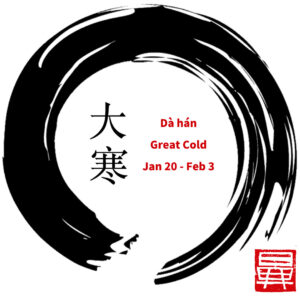
western medicine:
According to trusted health sites such as the Mayo Clinic, WebMD, and the National Institute of Neurological Disorders and Stroke (NINDS), back pain is a common condition that affects millions of people worldwide. The following are some common facts and recommendations about back pain:
Causes: Back pain can be caused by a variety of factors, including muscle strain or sprain, herniated disks, spinal stenosis, osteoarthritis, and sciatica. In some cases, back pain may be the result of an injury, such as a fall or car accident.
Symptoms: Back pain can manifest in many different ways, including a dull ache, sharp pain, or burning sensation. Some people may also experience stiffness or limited mobility in the back.
Treatment: Treatment for back pain typically depends on the underlying cause of the condition. For many people, rest, over-the-counter pain medication, and hot or cold compresses can help to alleviate symptoms. Physical therapy, chiropractic care, and massage therapy may also be effective for some individuals. In more severe cases, prescription pain medication or surgery may be necessary.
Prevention: There are several ways to prevent back pain, including maintaining good posture, exercising regularly, and lifting heavy objects properly. Stretching and strengthening exercises can also help to improve the flexibility and strength of the back muscles, reducing the risk of injury.
Overall, it is important to consult with a healthcare provider if you experience persistent or severe back pain, as it may be a sign of a more serious underlying condition.
Chinese medicine:
In Chinese medicine, back pain is often viewed as a manifestation of an imbalance in the body’s energy or qi flow. The cause of back pain is thought to be related to an obstruction or stagnation of qi, which can be due to a variety of factors, such as injury, overuse, emotional stress, or an underlying medical condition.
Chinese medicine practitioners may use a variety of techniques to address back pain, including acupuncture, herbal remedies, and massage therapy. Treatment is typically individualized to address the underlying imbalances in each patient’s body.
According to Chinese medicine theory, the back is governed by the Kidney meridian, which is responsible for nourishing the bones, muscles, and connective tissues in the back. A blockage or imbalance in the Kidney meridian can lead to back pain or other related symptoms.
To address back pain, Chinese medicine practitioners may focus on nourishing the Kidney meridian and improving the flow of qi throughout the body. They may also recommend specific exercises or stretches to help alleviate pain and improve flexibility in the back.
Chinese herbal remedies may also be prescribed to help address the underlying imbalances that are causing back pain. For example, herbal formulas containing herbs such as Eucommia, Duhuo, and Xu Duan may be used to strengthen the bones and joints, while herbs such as Bai Shao and Chuan Xiong may be used to promote blood flow and reduce inflammation.
Overall, Chinese medicine takes a holistic approach to treating back pain, addressing not only the physical symptoms but also any underlying imbalances in the body that may be contributing to the condition.
Share this Page: